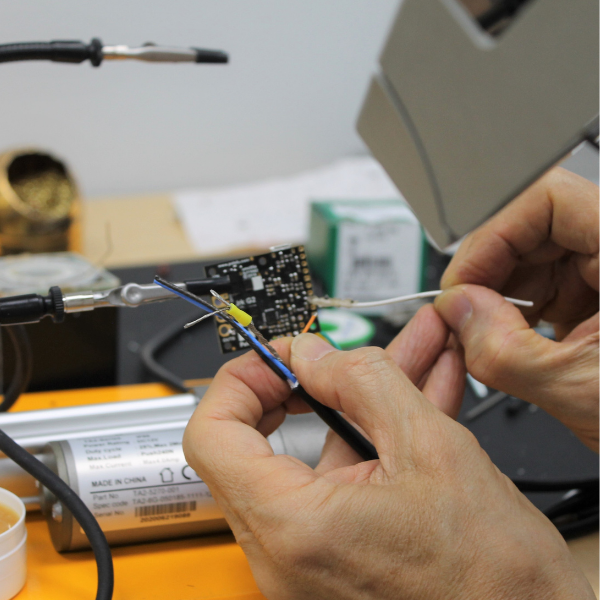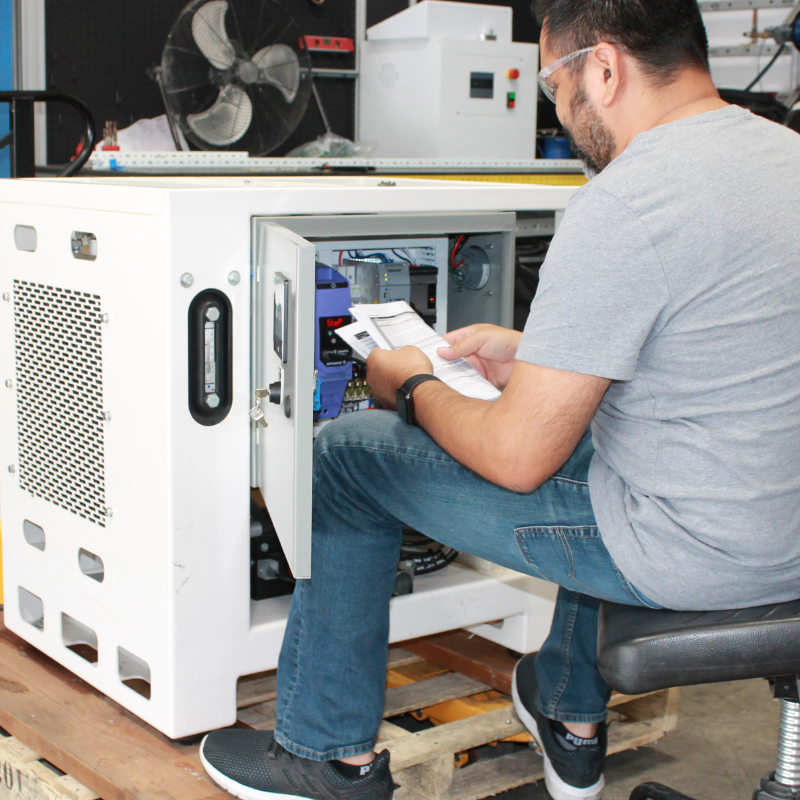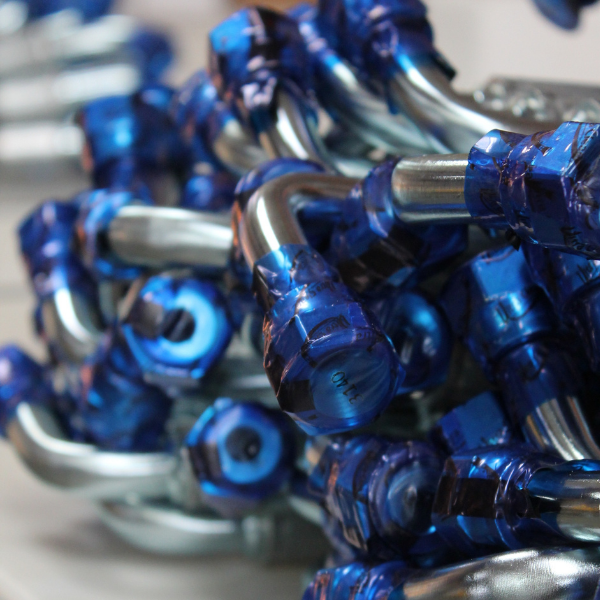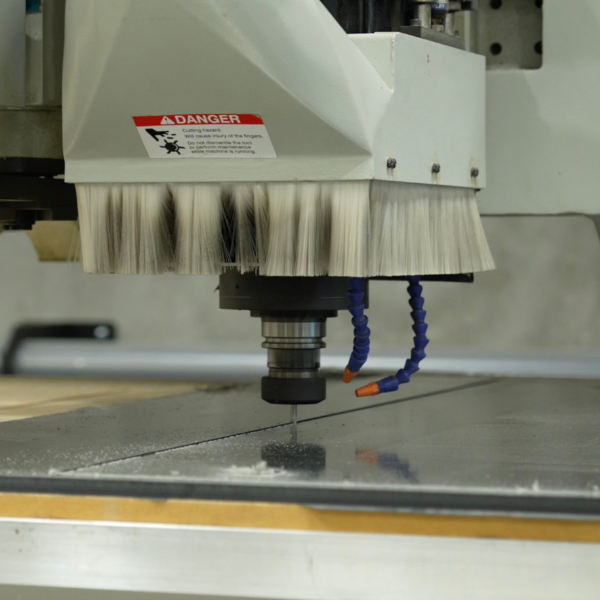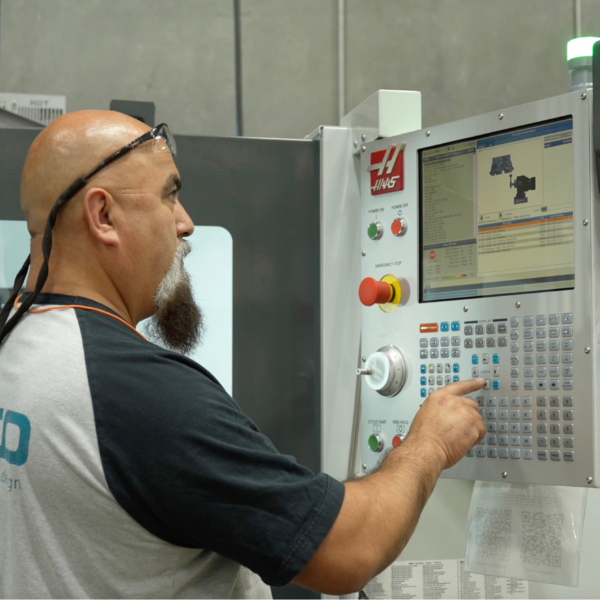When it comes to pneumatic systems, choosing the right fitting is crucial for performance, efficiency, and safety. With a wide variety of fittings available, how do you select the best one for your application?
This guide will walk you through the key factors to consider.
1. Understand Your System Requirements
Each pneumatic system has unique requirements based on pressure, temperature, and application. Ask yourself:
-
What is the operating pressure range?
-
What are the environmental conditions (e.g., high humidity, extreme temperatures)?
-
What type of tubing or hose will the fitting connect to?
Matching fittings to your system’s specifications ensures long-term reliability. Browse ourpneumatic fittings to find the right match for your system’s requirements.
2. Material Selection
Pneumatic fittings are typically made from materials like brass, stainless steel, or plastic. Each material has its pros and cons:
-
Brass: Durable and corrosion-resistant, ideal for general applications.
-
Stainless Steel: High resistance to extreme temperatures and chemicals.
-
Plastic: Lightweight and cost-effective for low-pressure systems.
3. Connection Type
Consider the connection style for easy installation and maintenance. Popular options include:
-
Push-to-Connect Fittings: Quick and user-friendly.
-
Threaded Fittings: Secure connections for higher pressures.
-
Barbed Fittings: Reliable for flexible hoses.
4. Size Matters
Accurate sizing is essential to prevent leaks or pressure drops. Use the following steps to measure:
-
Determine the outer diameter (OD) of the tubing.
-
Ensure the fitting’s size matches your system’s specifications.
Visit our fitting size guide for detailed instructions.
5. Consider Future Maintenance
Choose fittings that allow for easy disassembly and reassembly. This will save time and reduce downtime during maintenance.


